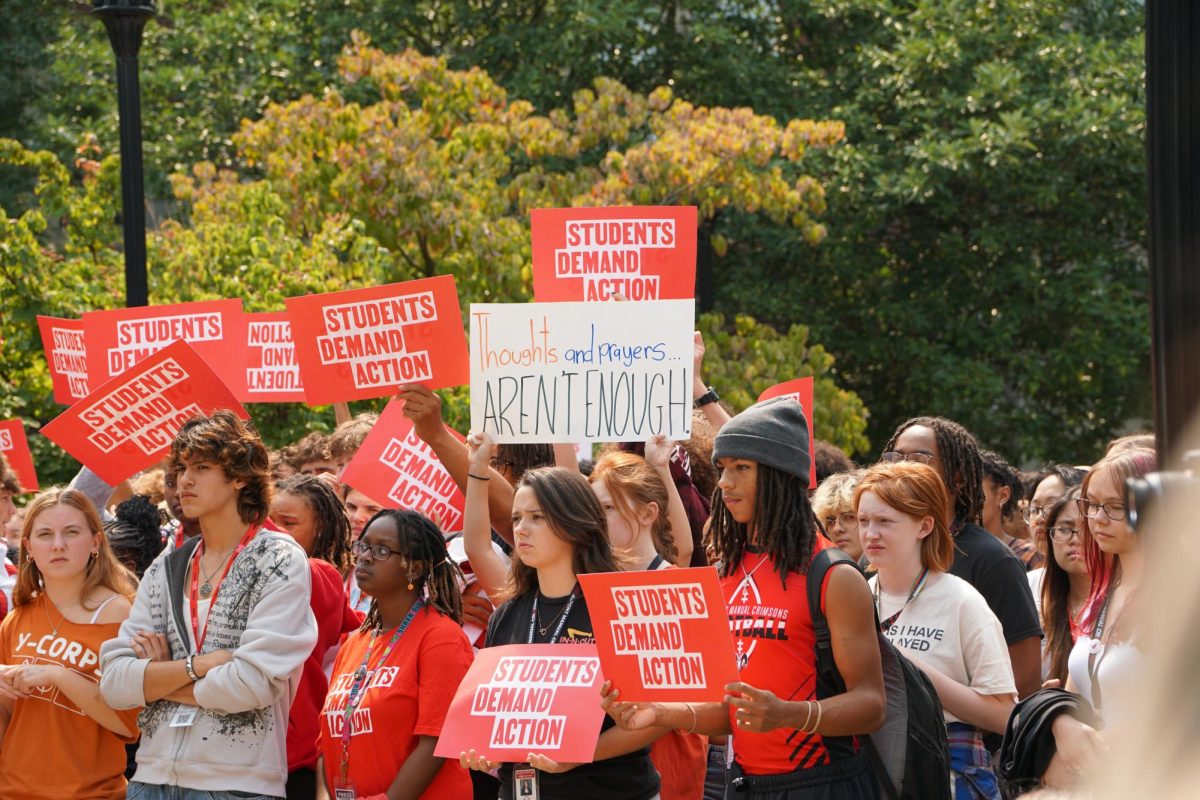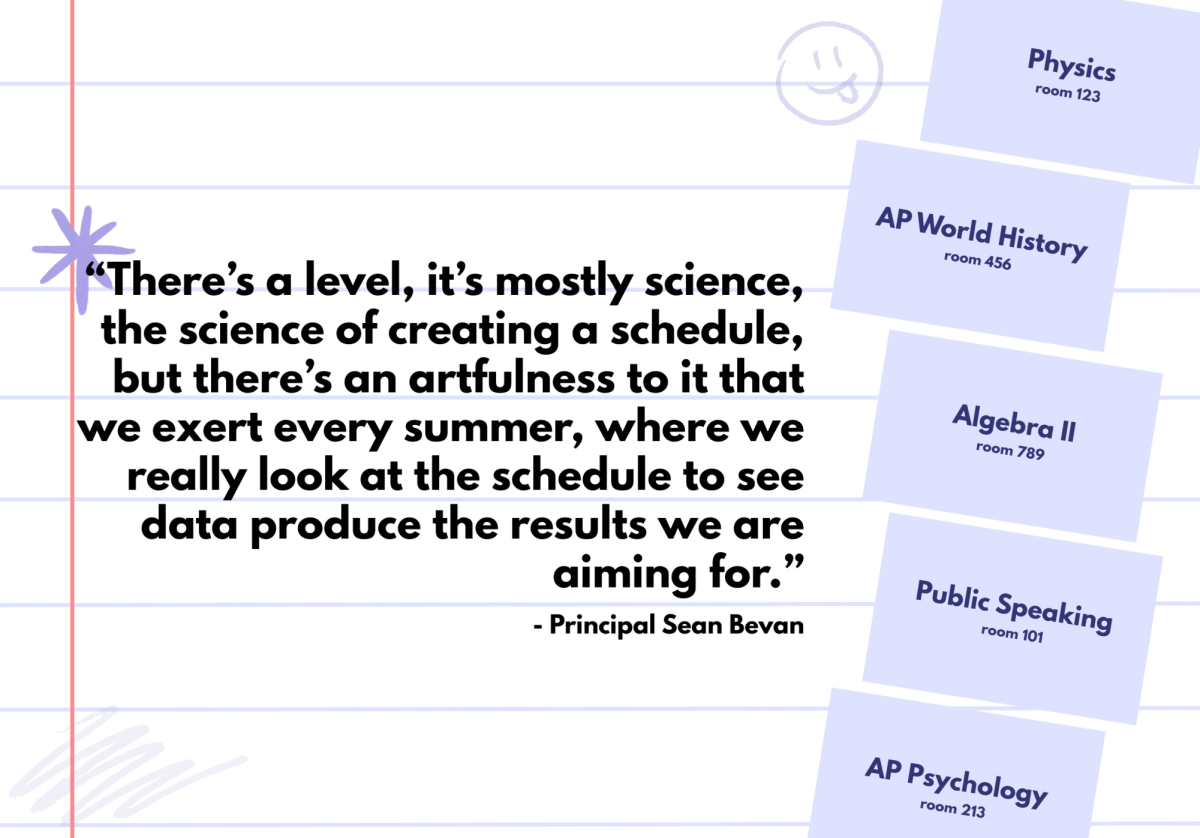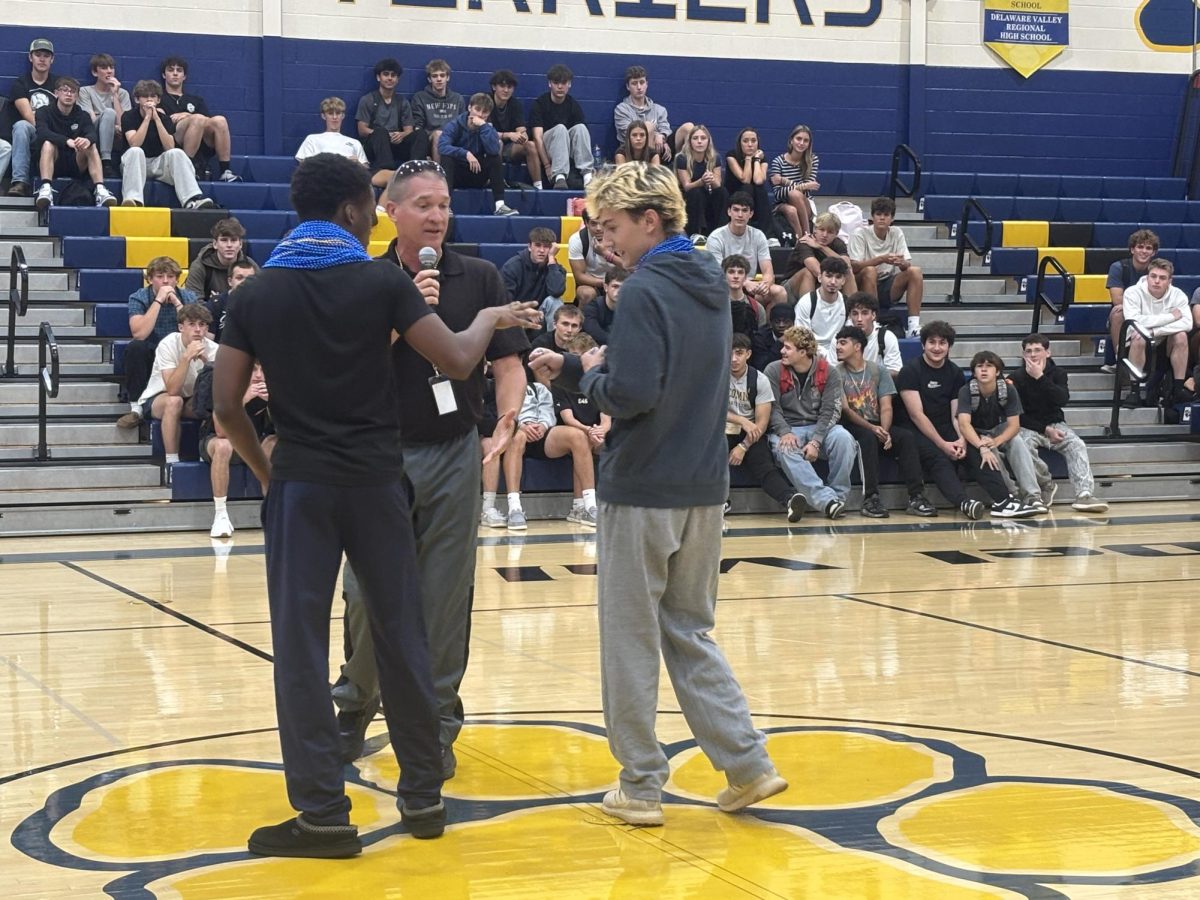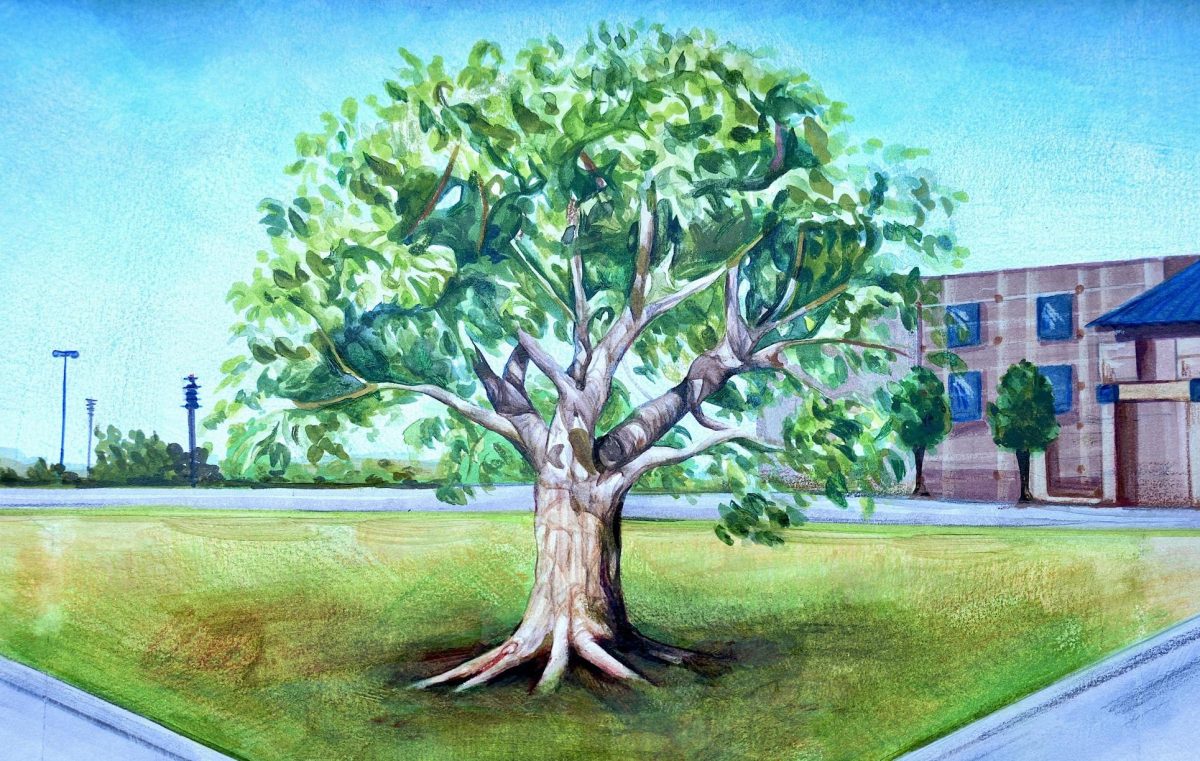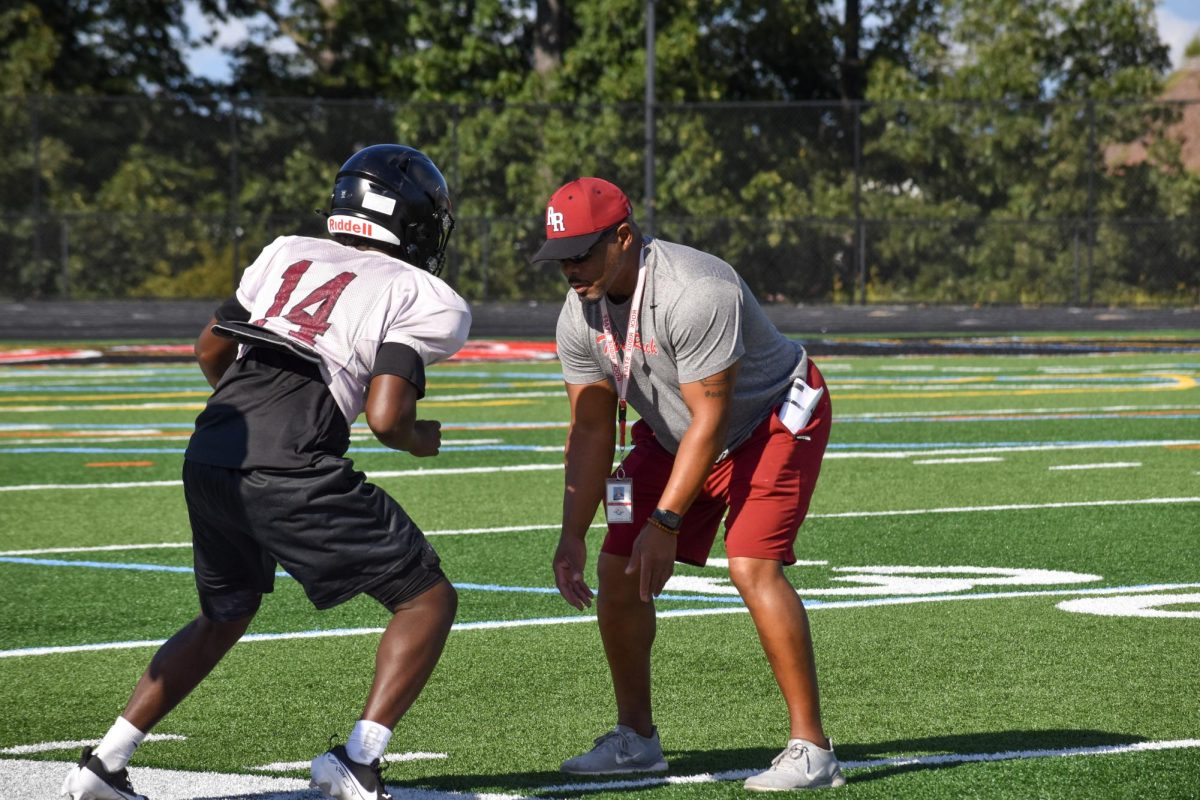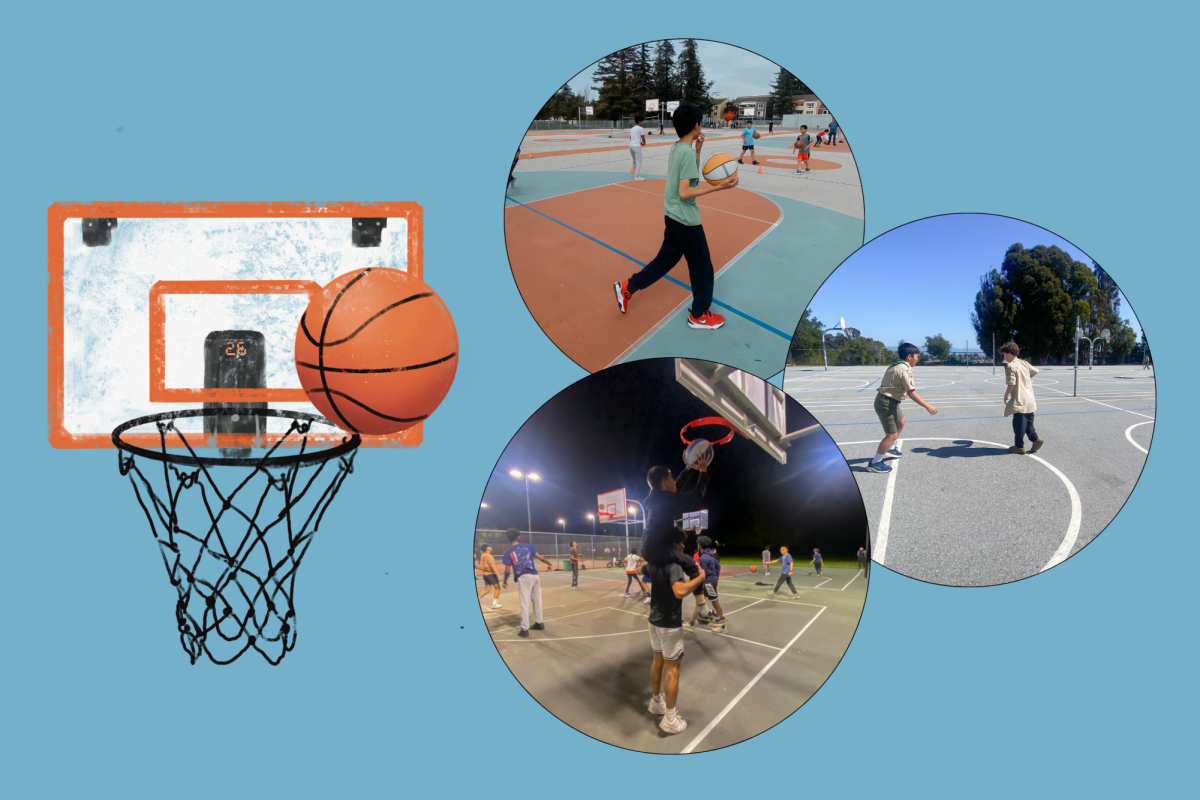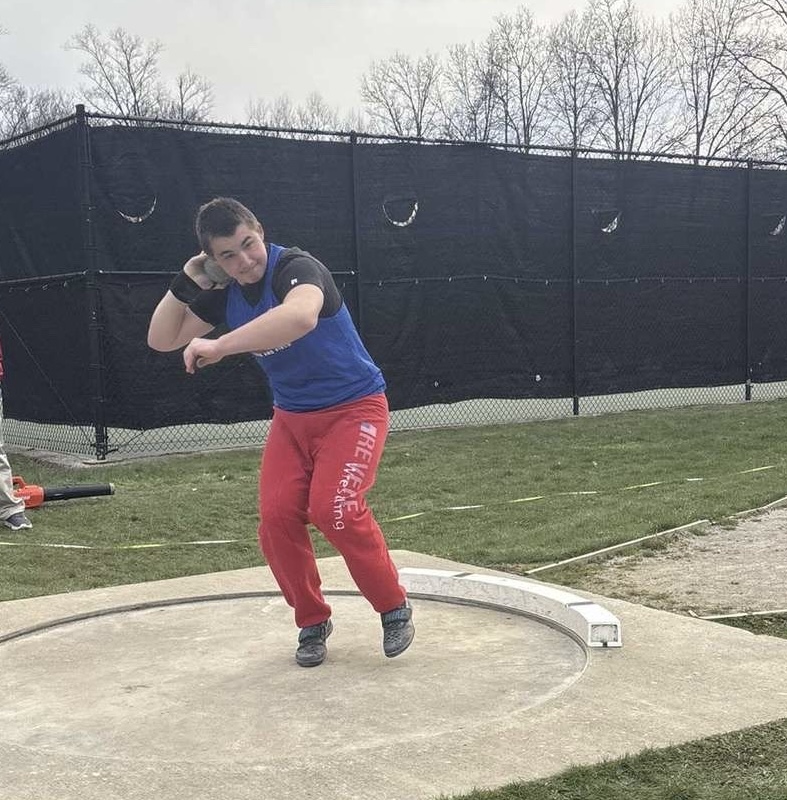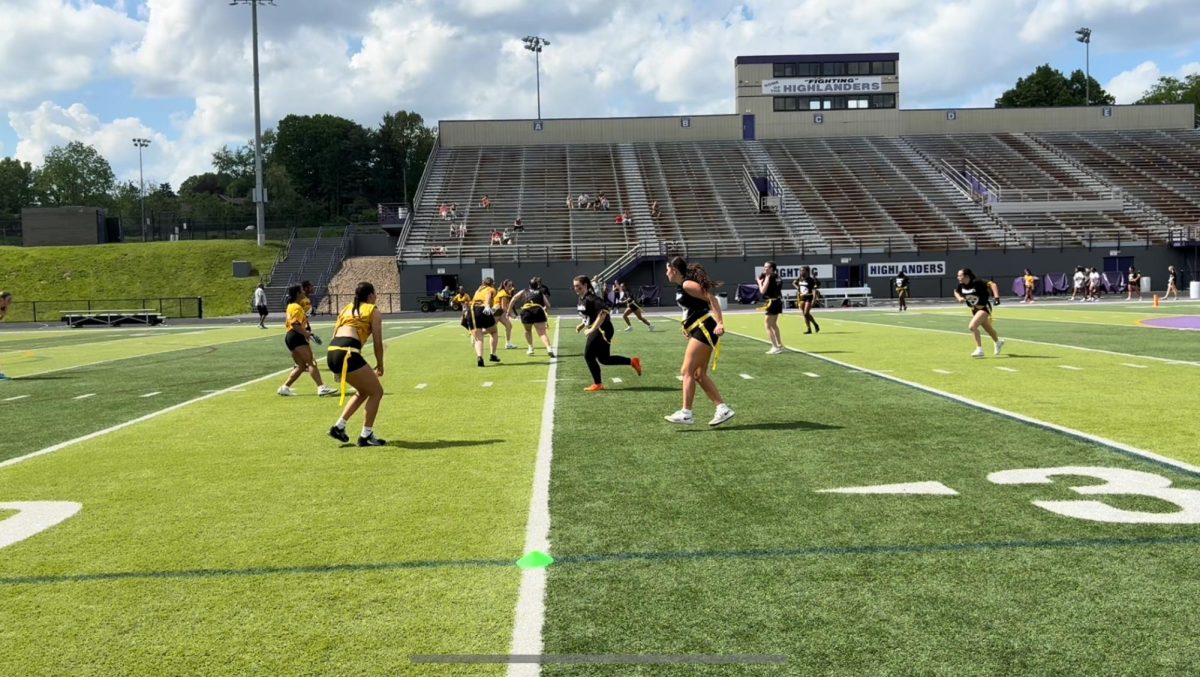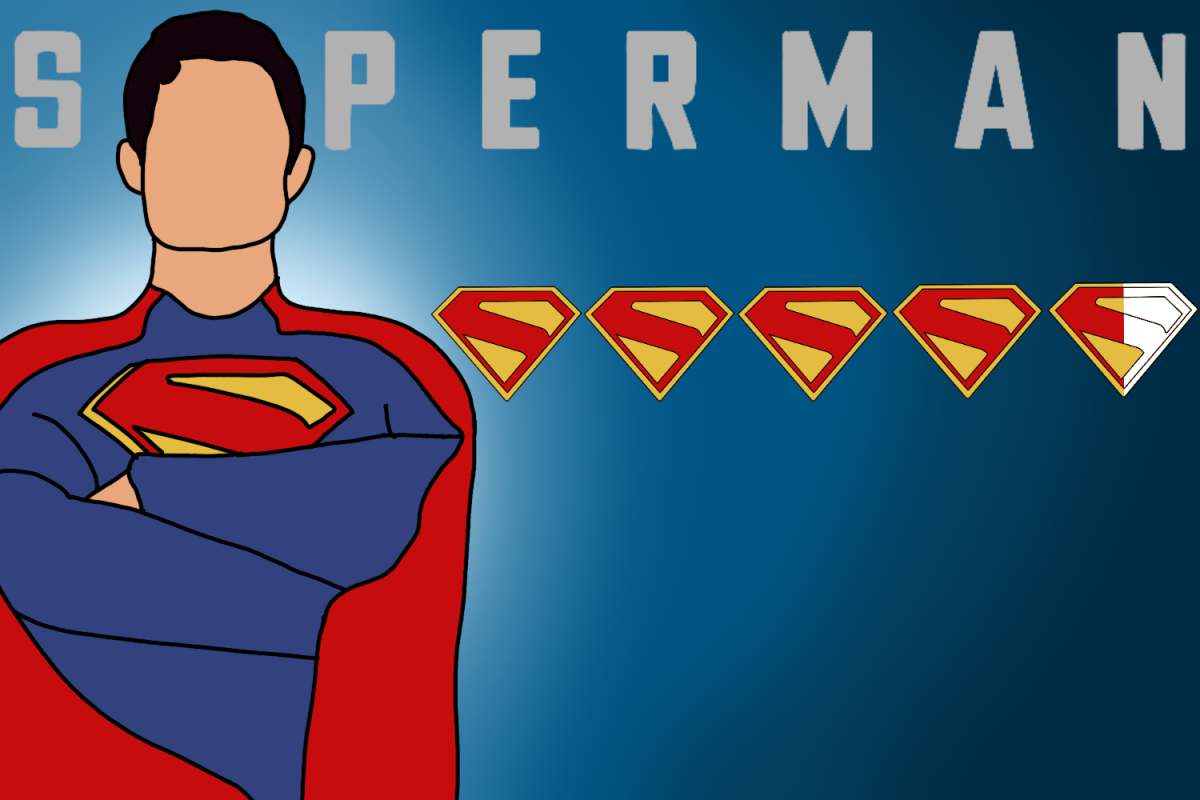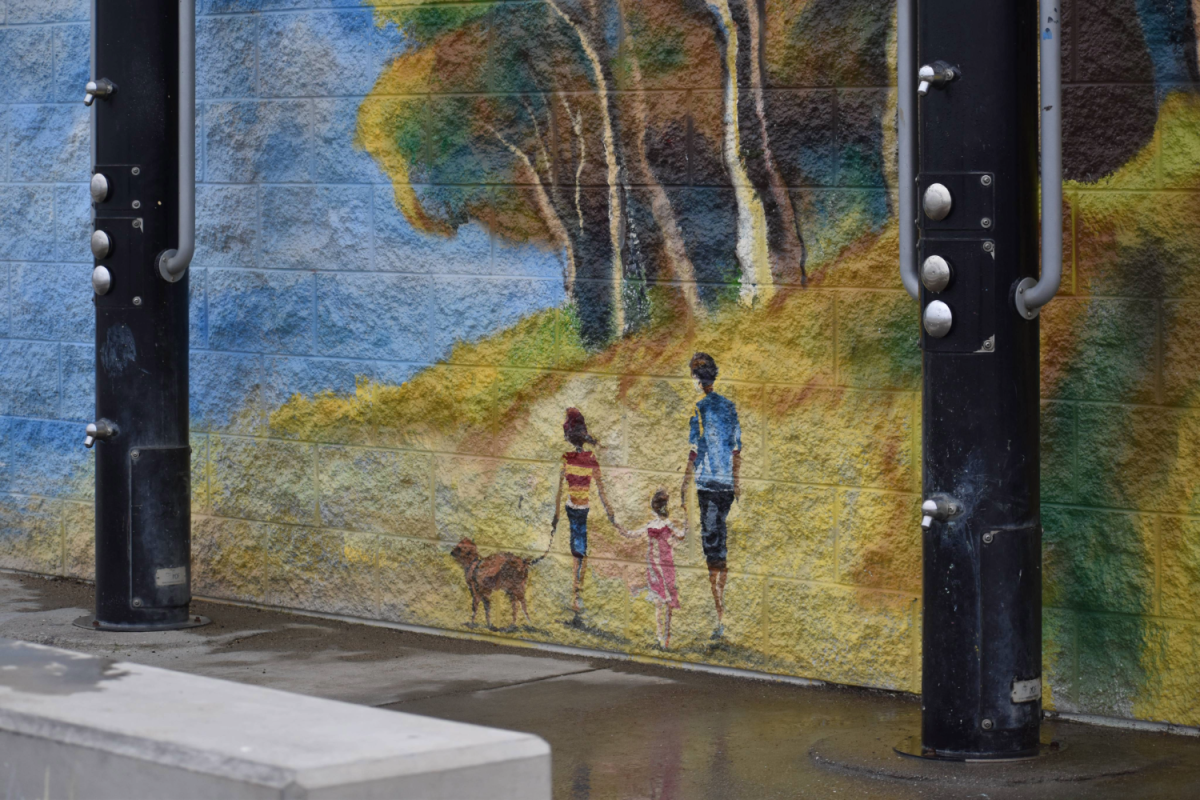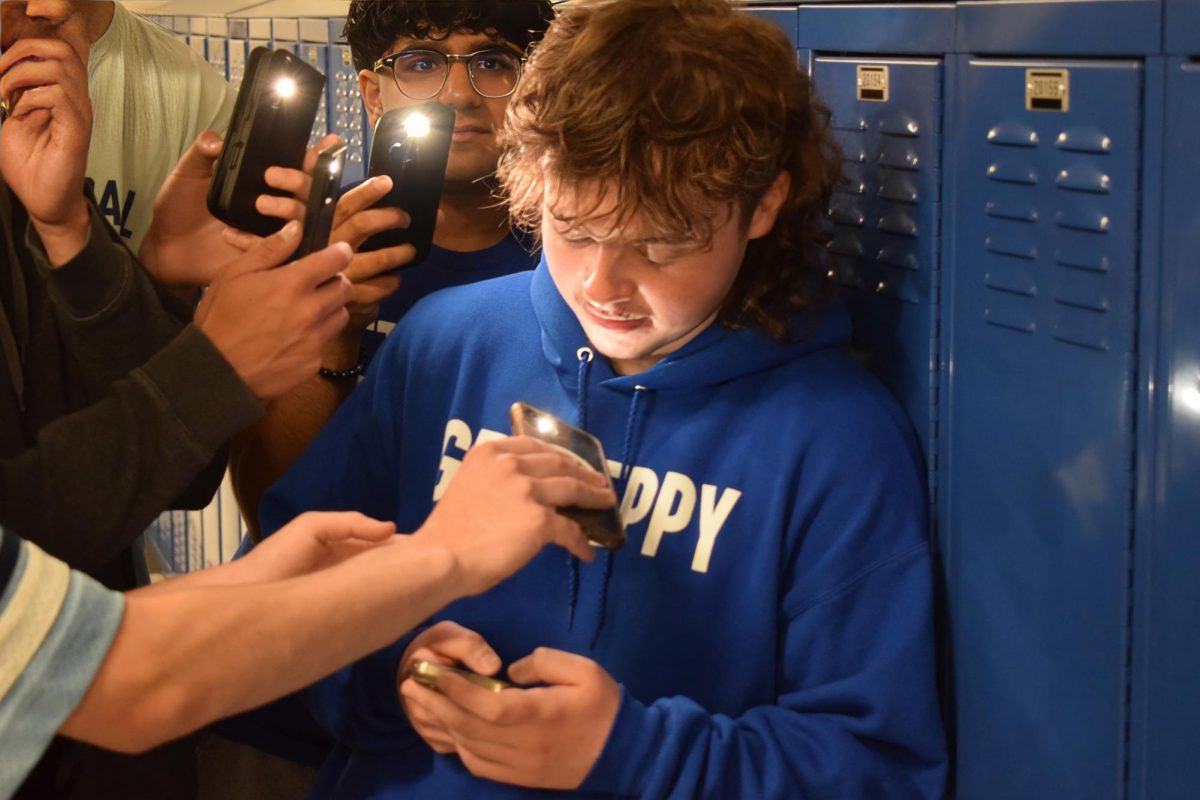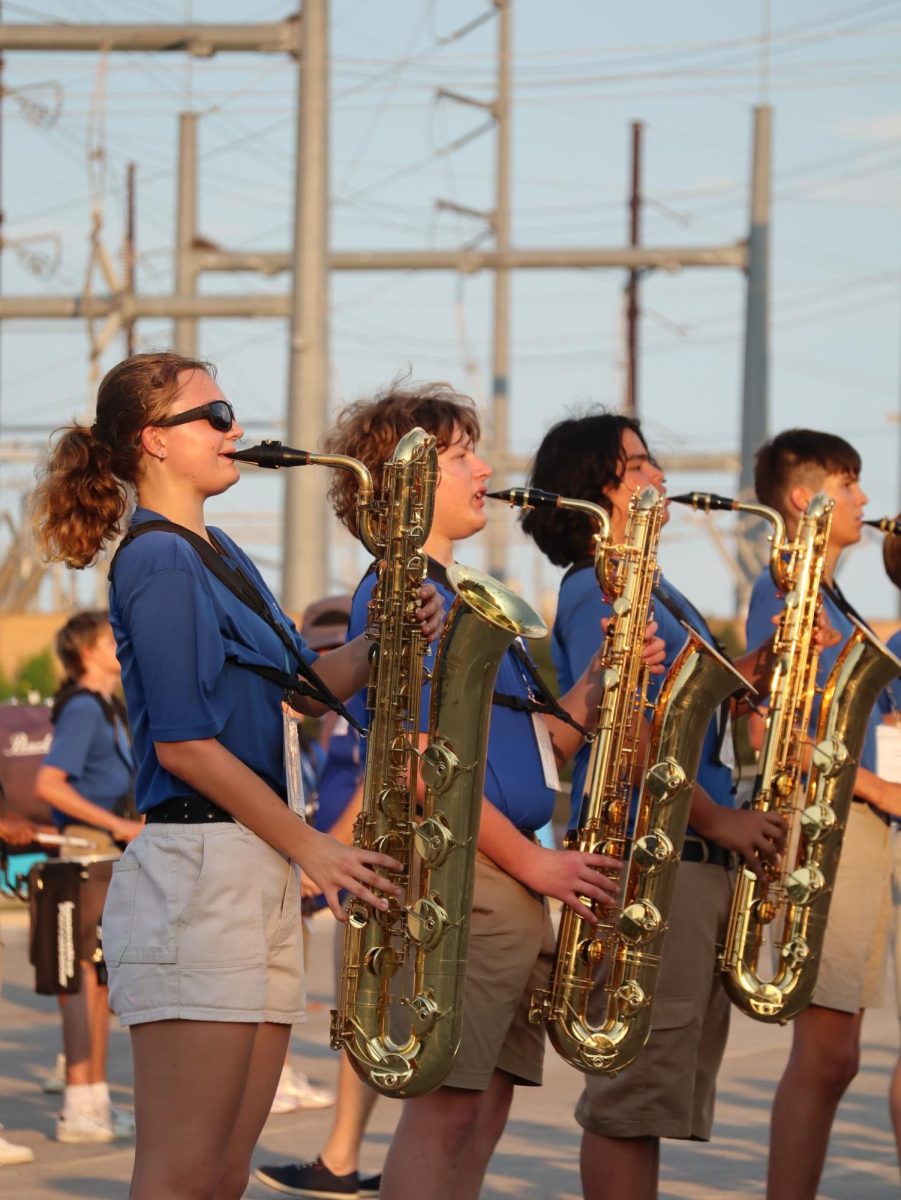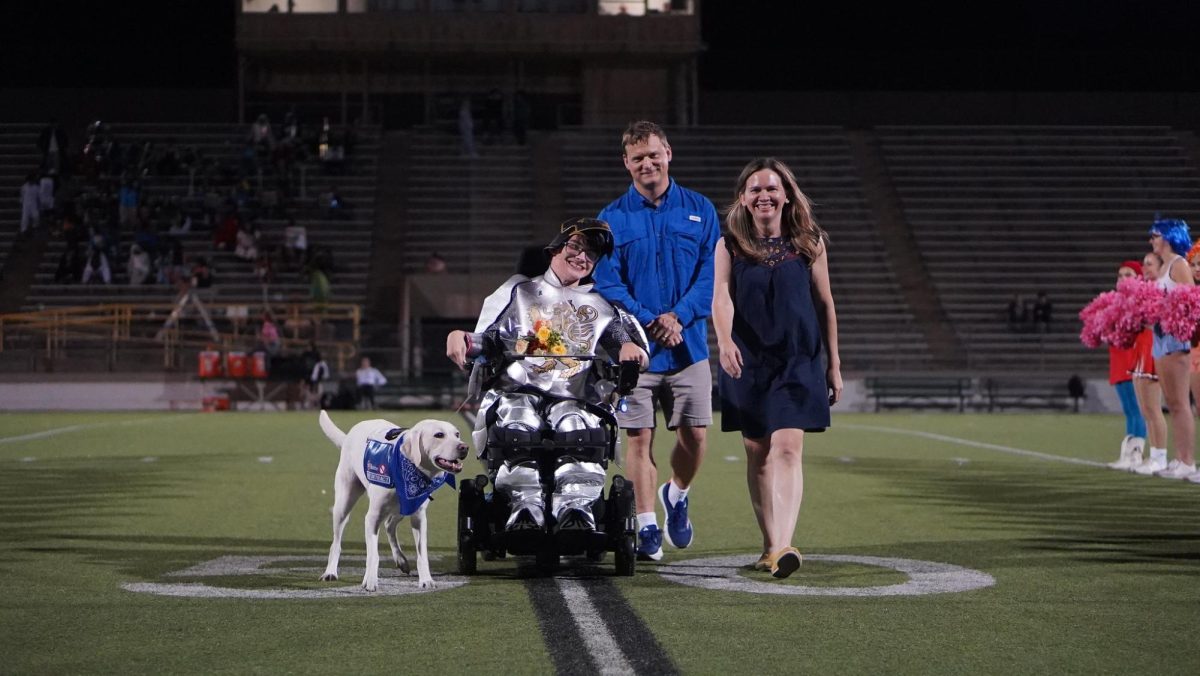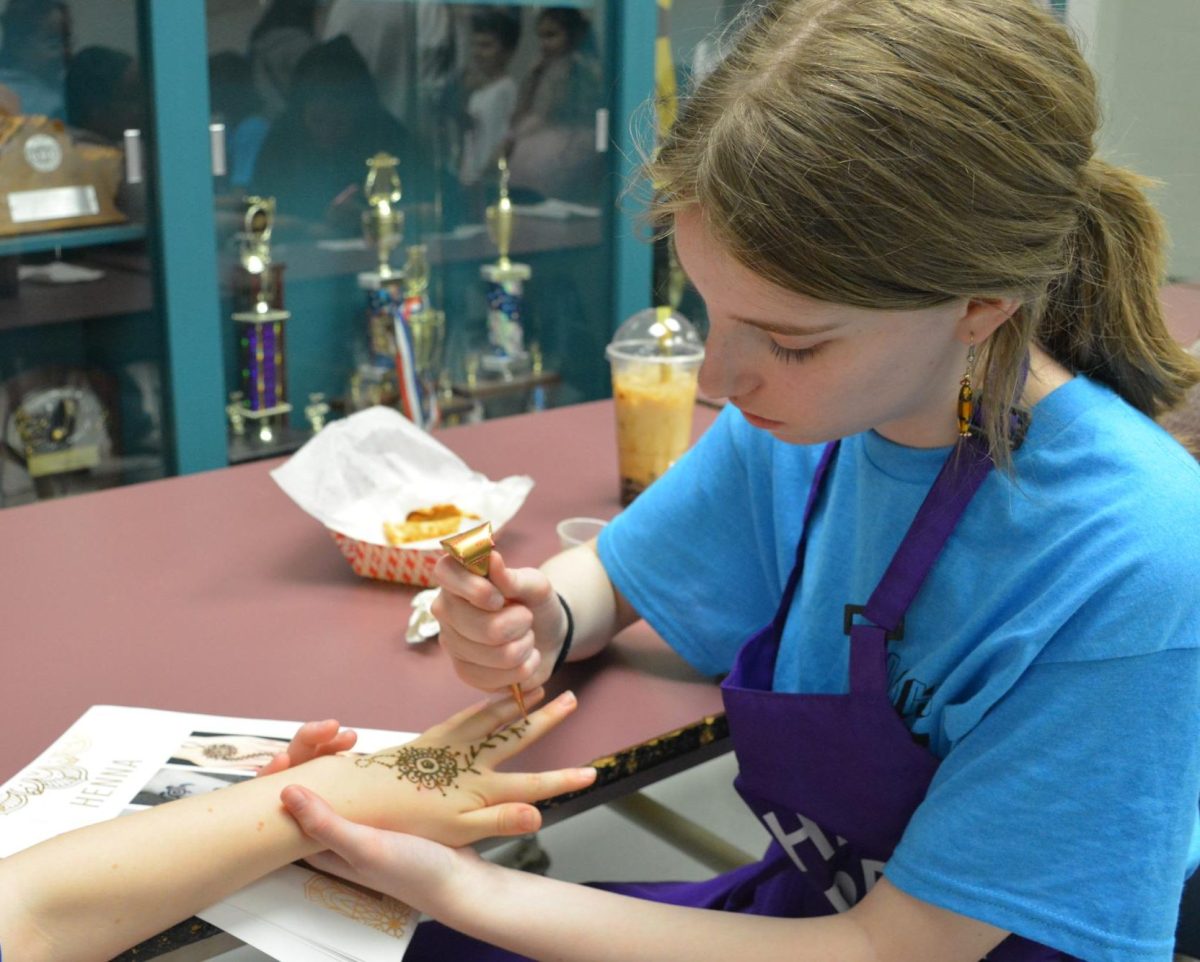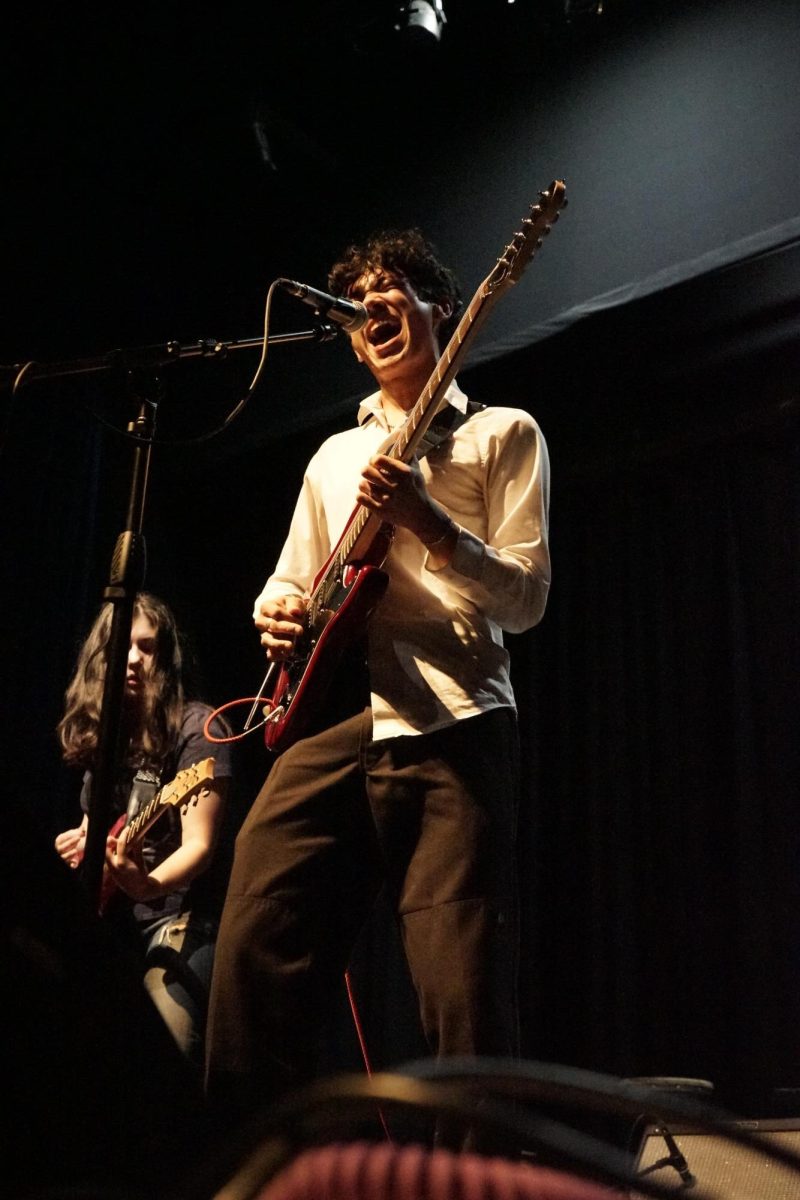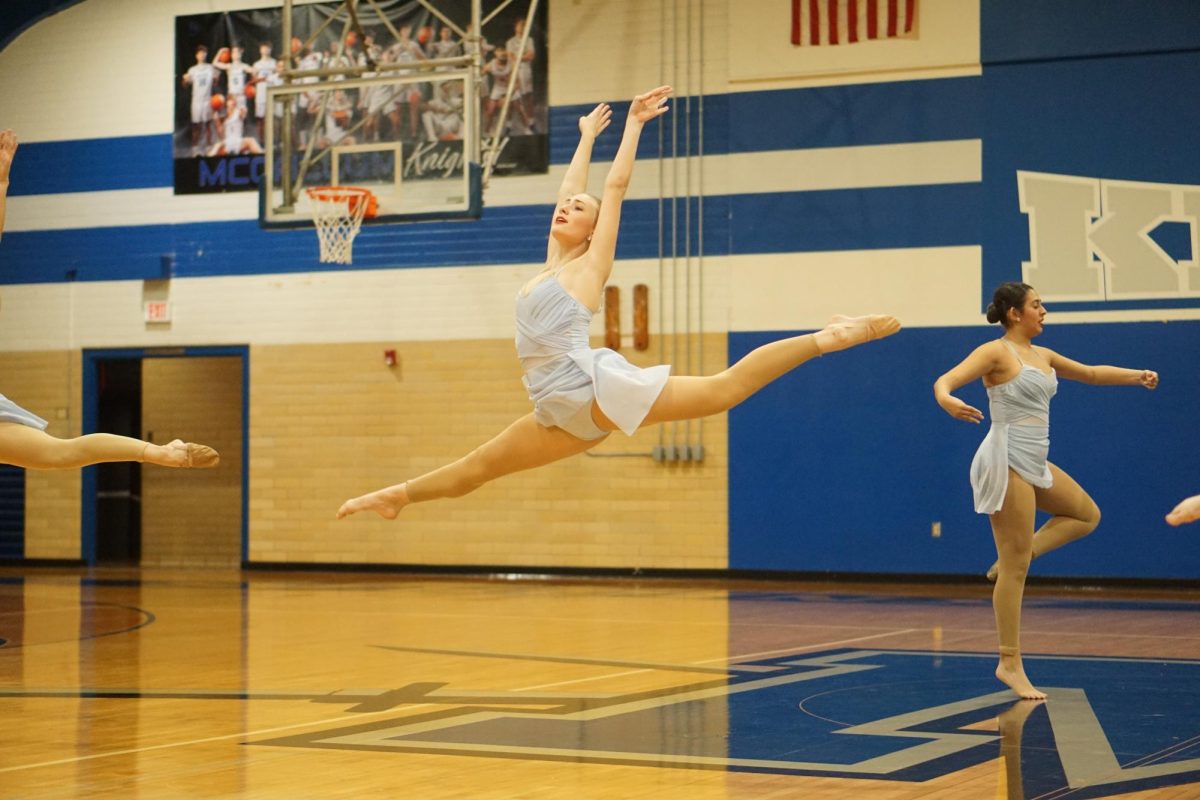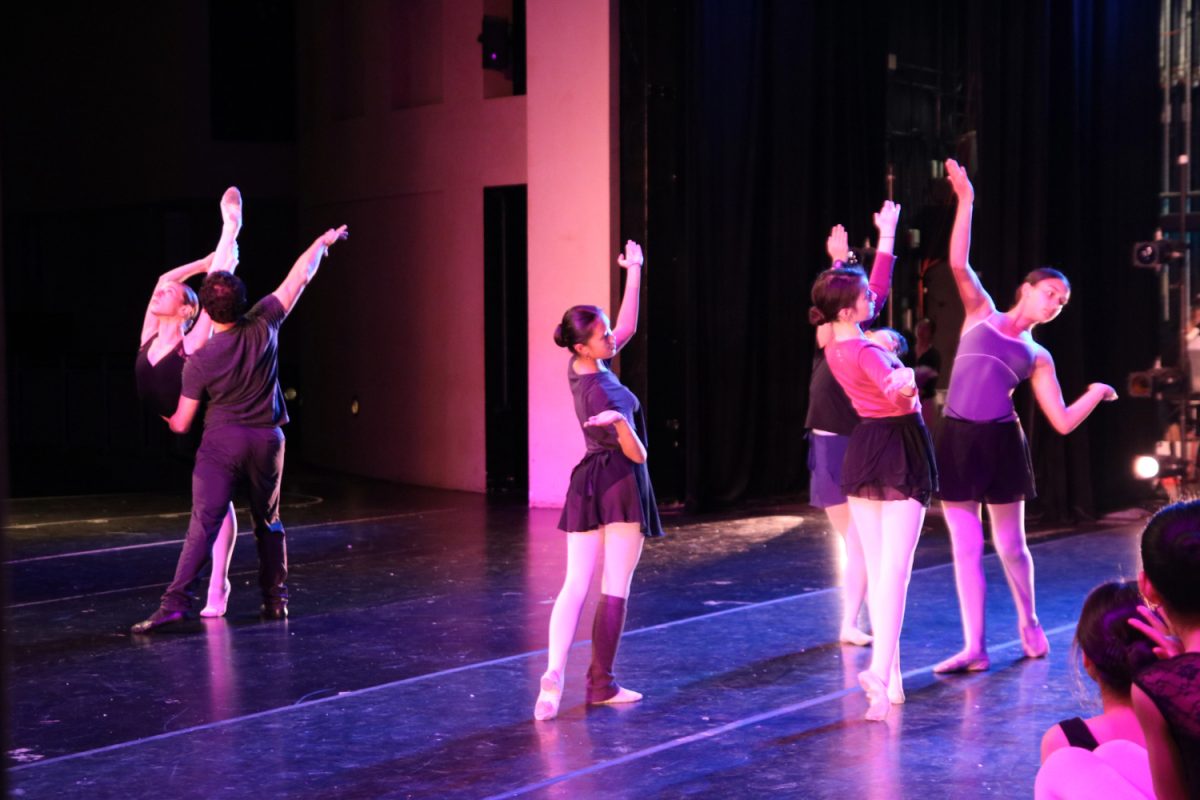Many ballerinas ignore warning signs from their bodies, knowing that taking a single day off can cost them the performance roles they fought for strenuously in their competitive dance surroundings.
The commonly adopted mindset is that dancers must push through and ignore their bodies to meet the demands of dance, even if they are suffering significant pain and adverse mental health. Factors like technical expectations and peer pressure can cause increased stress levels and risk of injury. However, even with physical bodily threats, dancers know that failing to show up will result in another dancer waiting to take their spot.
“What was really uncomfortable for me during my younger career was that I felt I wasn’t enough, and in order to be a professional, I had to be somebody else. It was so uncomfortable to feel that in my body, and really taxing for my mental health. I’ve definitely had a lot of depression in my life,” said Karina Eimon, a current dancer in the Oakland Ballet Company.
With such competitive and intense environments, self-demands and expectations from others are key factors that promote stress and negative mental health.
Shelley Keefe is a retired dancer who received very structured and examination-oriented training at the Royal Academy of Dance. From her experiences during her professional career, she faced the brutality of the dance environment fueled by endless training and competition.
“Dancers essentially have no support system. They learn that the key to being successful in dance is to be really resilient and self-reliant. They learn that no one’s going to scoop you up when you don’t feel good,” Keefe said.
Keefe says that the desire for higher rankings and notable roles in a dance community often overshadows the sympathy dancers show one another. Dancers must care for their bodies and remain resilient to succeed in their careers.
Dancers’ mental health today
Keefe’s experiences with harsher training practices are still reflected to this day as younger dancers, like Alysia Evans Asano, face peer pressure and expectations from instructors. Asano is an Ayako School of Ballet graduate currently attending U.C. Berkeley.
From a young age, Asano progressed through the competitive dance environment alongside a friend in the same age group. As the two dancers leveled up over the years, a light-hearted competition for the spotlight turned into a destructive relationship.
“We were the same age in this high-pressure environment, so we were basically rivals and competed against each other a lot. At first, it was friendly competition, but then we would hurt each other’s feelings. Whatever we said wasn’t out of a joke or for comedic sake; it was to hurt the other person,” Asano said.
Relationships like Asano’s are common among younger dancers, especially in more competitive dance studios. These relationships show that when peer pressure increases, the more hurtful relationships become, as dancers compete more for aspects like instructor recognition and performance roles.
However, along with high peer pressure, Asano was also burdened by her instructors, who increased their expectations as she grew older. Her instructors placed her in leading roles and demanded more from her, expecting her to show off her years of training.
Even with dancers like Asano, who have received many years of training, there are still constant changes to their performance outcomes throughout the growth process.
“As you improve in one technique, you often get a little worse in another technique, and that’s part of the growth process, particularly through adolescence. Your body is also changing and growing, which is going to impact your performance year to year,” said Amy Banas, who has a Doctorate in Human Development/Educational Philosophy from UC Berkeley.

Nonetheless, Asano was still placed in leading roles, many of which required partnering with a male dancer. Her requests for alternative options were often ignored, pressuring her to dance parts she sometimes felt uncomfortable dancing in.
“I didn’t like partnering with a male dancer, but they still forced me to do that, and then I felt like they weren’t listening to me. A lot of the time, it was a miscommunication that tore my mental health apart,” Asano said.
Asano’s experiences show how dancers of all levels experience pressure and expectations from their peers or instructors. The dance environment will always remain competitive, whether a dancer is an apprentice or a professional.
Stress and injury
Building upon the environmental impact on a dancer’s health, many studies have shown that stress levels caused by the environment are connected to the topic of dance injuries. These studies are closely aligned with Asano’s experiences, suggesting a connection between stress generated from competitive environments and the risk of injury.
According to the “Psychological Correlates of Dance Injuries,” an investigation of 39 female university students showed that stress levels from upcoming performances, relationships with choreographers, and eating disorders correlated with the risk and recovery time from injuries, suggesting that different environments contributed to the mental health of dancers. When harmful stress levels increased, the risk of injury and recovery duration also increased.
These results align with the competitive environment in which Asano danced, suggesting that young dancers dancing in competitive studios have an increased risk. Furthermore, when environmental pressures force a dancer to ignore signs from the body, the failure to address their injuries increases the recovery time.
Another investigation indicated that different times of the year generated stress that correlated with the number of reported injuries.
The months with the highest levels of stress were November and May. These two months also had the most reported injuries, according to the National Library of Medicine.
These two months are generally the months closest to performance seasons, increasing the stress among dancers as performance dates slowly approach. Frequent rehearsals and high levels of fatigue cause a dancer to become more vulnerable to injury.
However, even when dancers receive clear warning signs from their bodies, they prioritize external expectations, further increasing their risk of injury.
Emerging dancers, especially those adjusting to new environments, feel obligated to work extra hard to gain leading roles. The more obligated dancers feel to put extra effort into their training, the more physically demanding dancing becomes.
“Achilles tendinitis is about the worst and one of the most common injuries that you can get, especially en pointe, since there’s so much strain on the Achilles. But you don’t sit it out because if you’re not there, someone else is going to dance your part,” Keefe said.
Despite suffering from painful injuries like Achilles tendinitis, dancers choose to ignore the pain to ensure they don’t lose the parts they worked tirelessly for, as Keefe mentioned. But injuries worsen when a dancer ignores them and continues overworking their bodies.
According to the Dance Research Journal, from standing hours on the tips of the toes in pointe shoes to forcing more than 180 degrees of turnout from the hips, dancers push their bodies more than they can handle. Younger dancers also tend to push more to extremes than older dancers, who are more aware that an injury can threaten their careers.
Many younger dancers do the extreme activity of overstretching, with the desire to lift their legs as high as possible. Inspired by the appealing extensions that other dancers can create with their bodies, younger dancers strive to mold their bodies the same way, hoping to replicate the same balletic image.
Nonetheless, many dancers are unaware that overstretching can pull them further from their goals.
“There are a lot of dancers who have very loose joints, which can make a beautiful line but can also create a lot of instability. In my case, I’m not hypermobile, and I really tried. I did a lot of aggressive stretching when I was young, and now I have a labral tear in my hip,” Eimon said.
Despite the pain, dancers ignore signs from their bodies because they find that pain brings them closer to their desired ideals. According to the Dance Research Journal, they embrace it and view it as an opportunity for improvement until they are forced to stop.
Asano’s sister also trained at Ayako School of Ballet and planned to pursue a professional dance career. However, because she underwent extreme training to achieve her goals, injuries from dance began to interfere with her daily life.
“In our dance careers, you can’t always take a break. My sister wanted to go professional and pushed herself to the brink. She hurt her back so much that she had to wear a back brace, and sometimes she couldn’t walk,” Asano said.
From Keefe’s training with past practices to Asano and Eimon’s experiences in competitive environments of dance, dancers feel immense pressures that expose them to risks of bodily injury.
“I want people to enjoy dance in whatever form it comes. We’re lucky that nowadays it does come in many different forms, but never underestimate what it takes for someone to get there,” Keefe said.
This story was originally published on Scot Scoop News on April 23, 2025.


